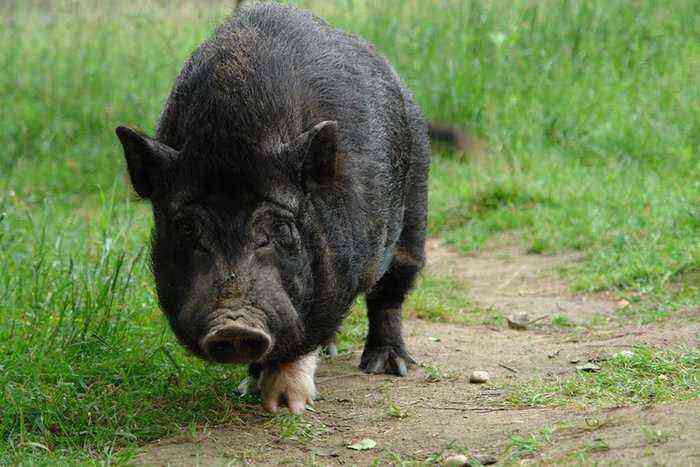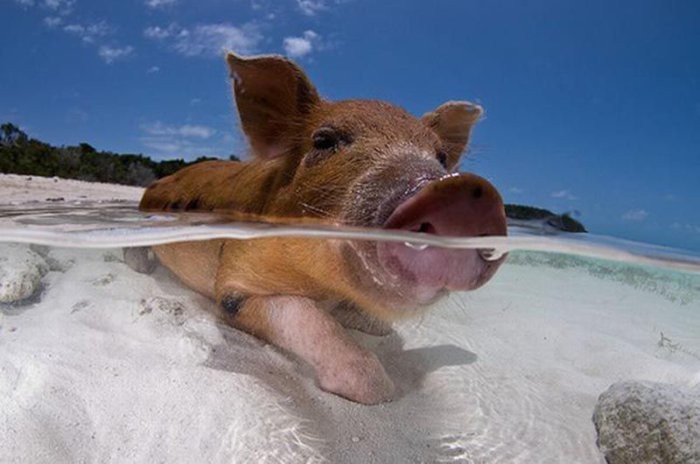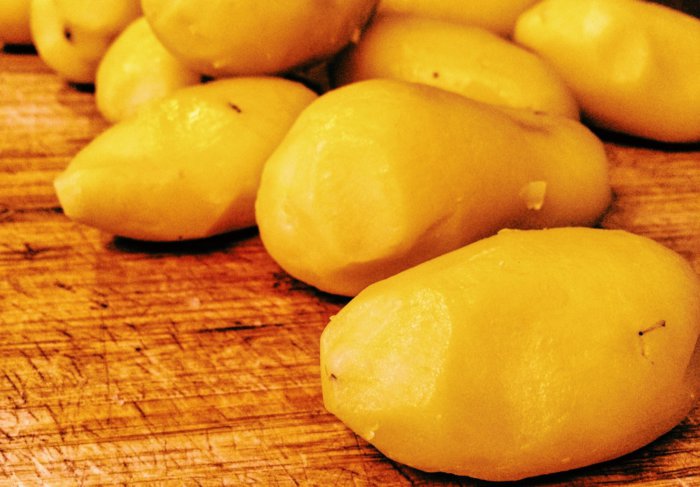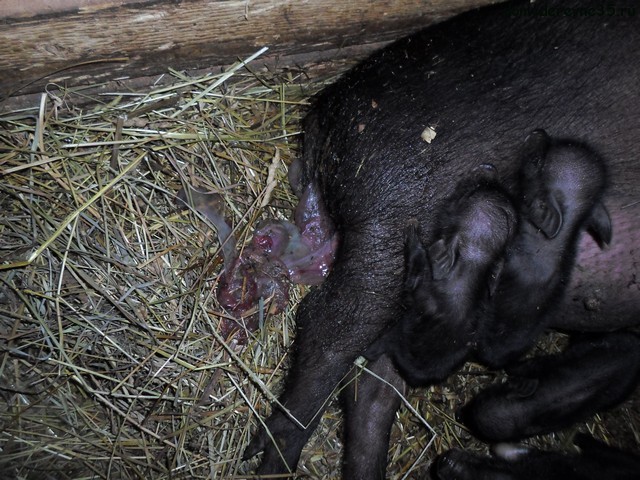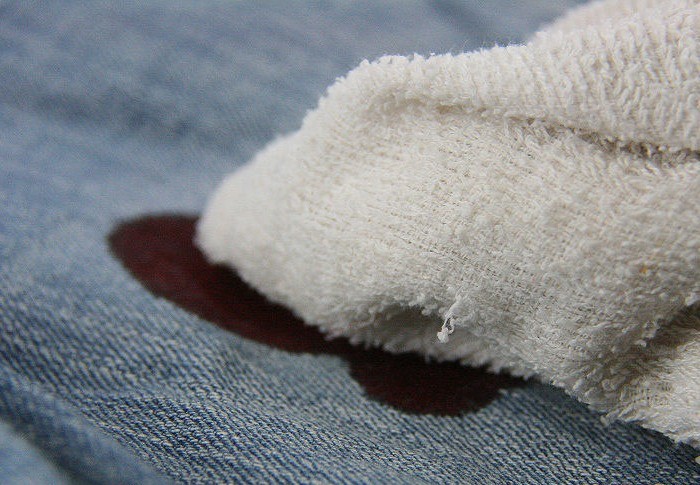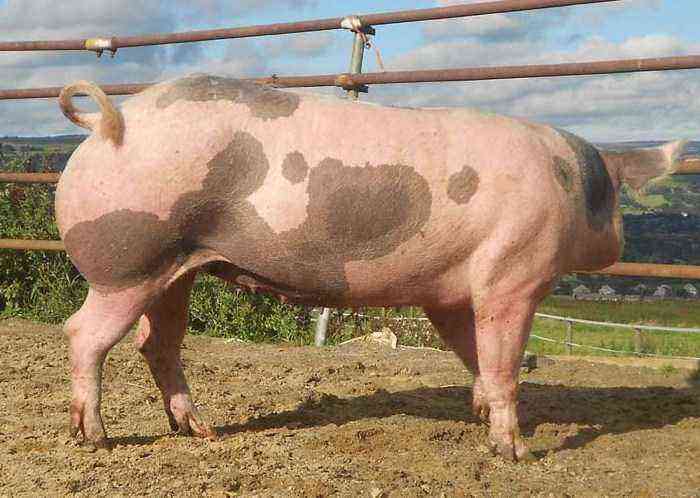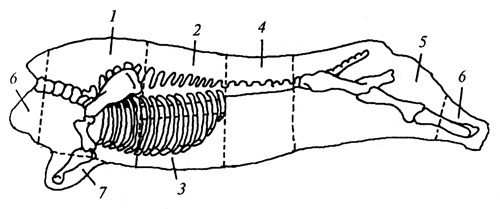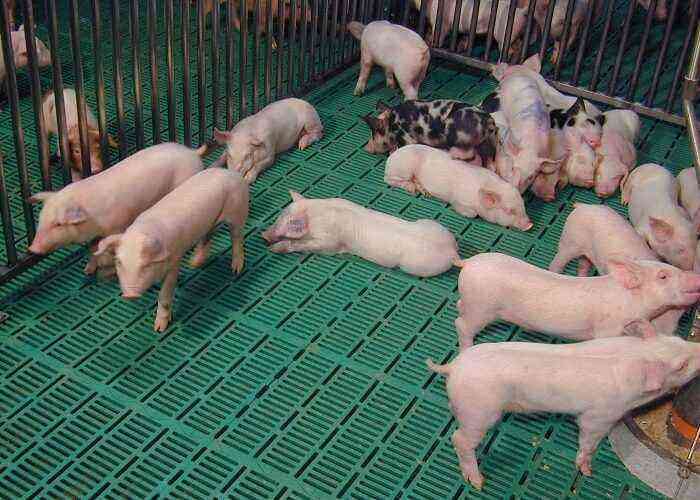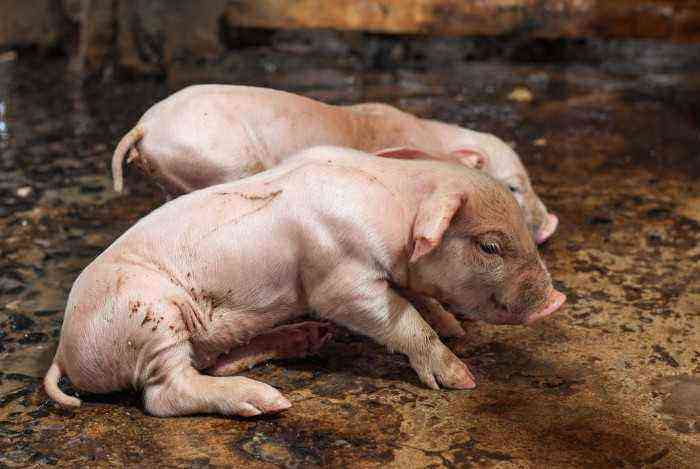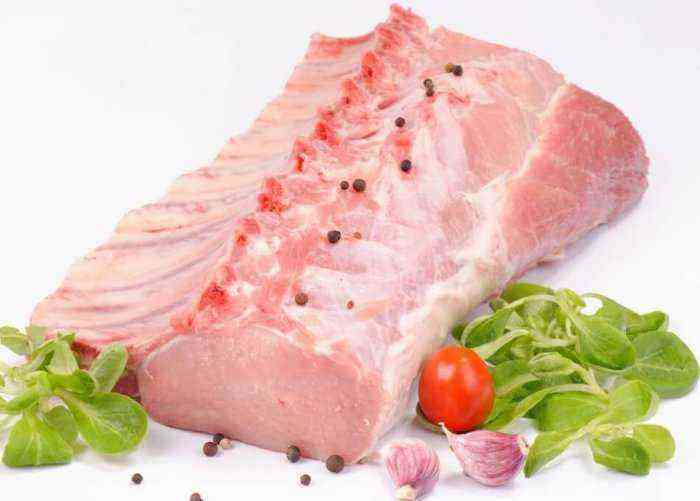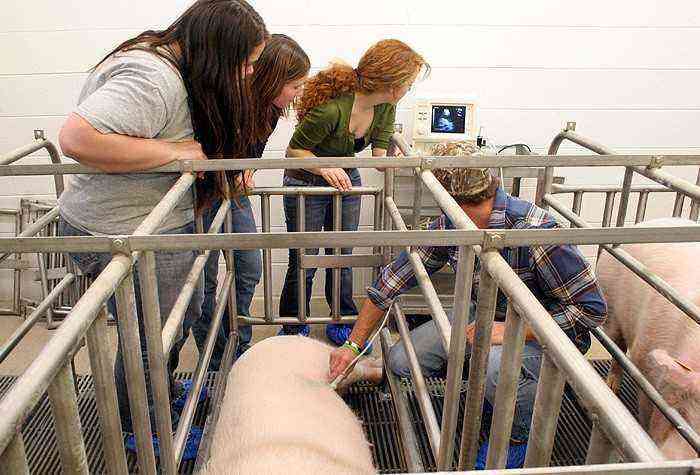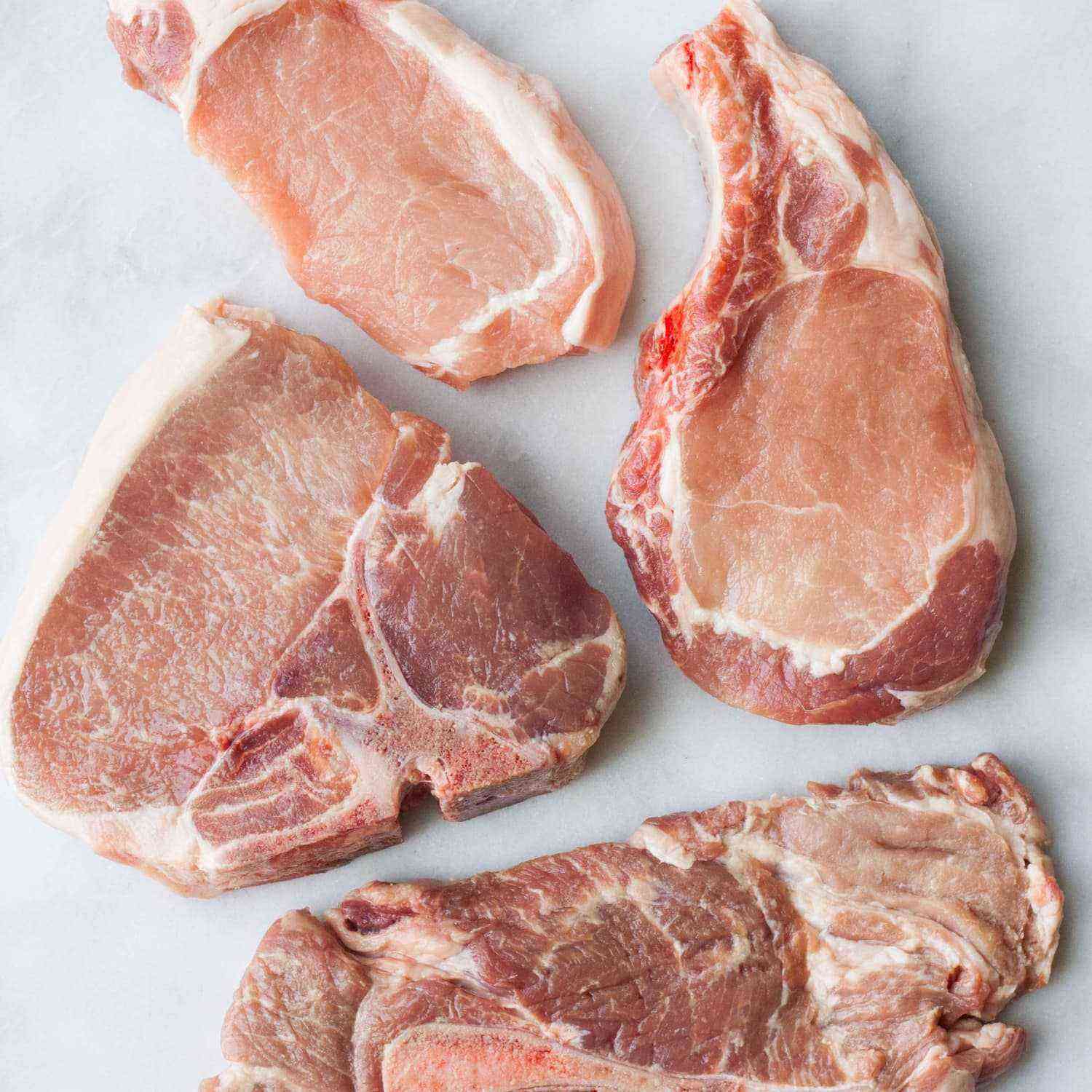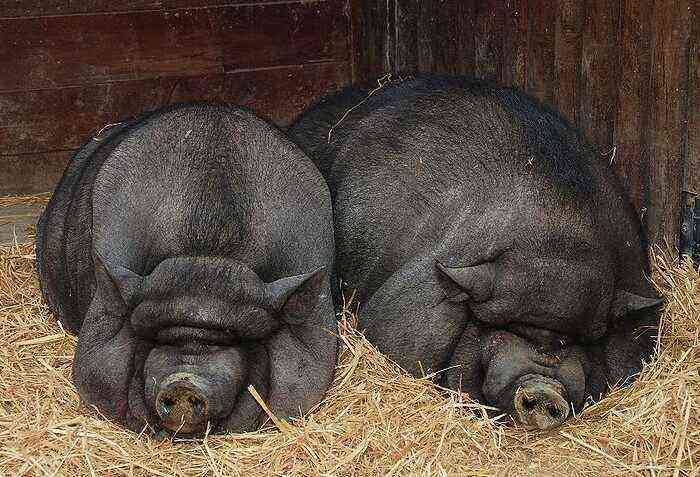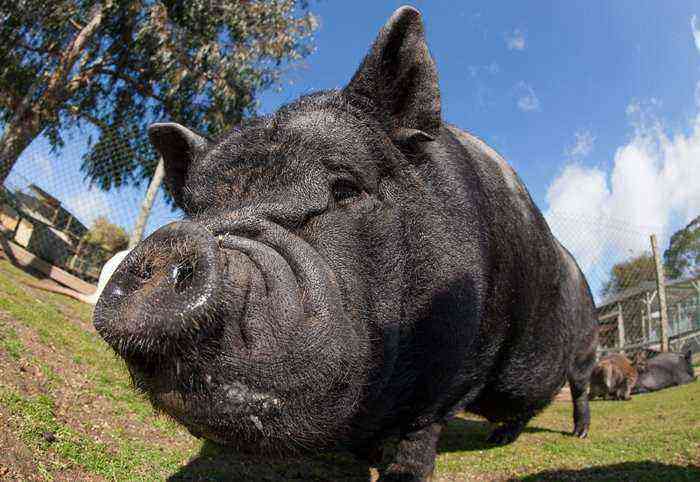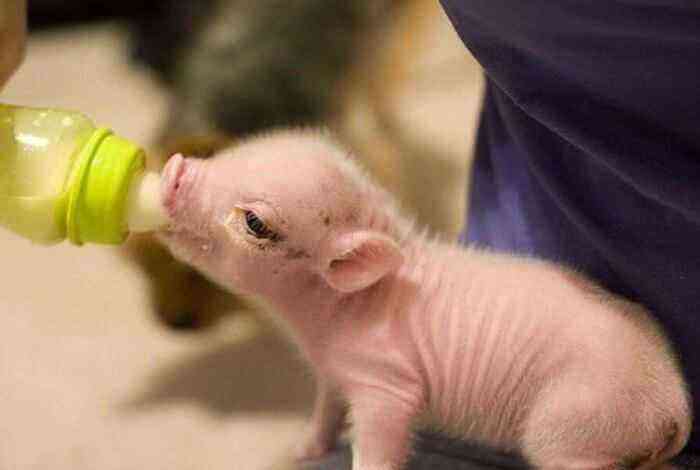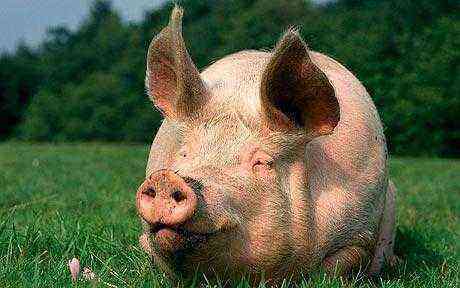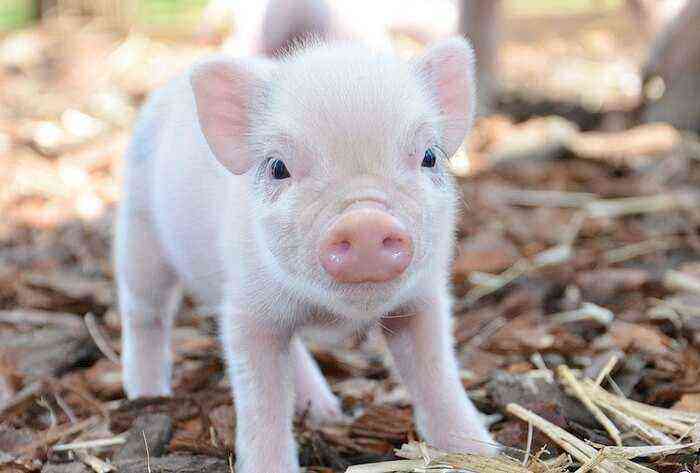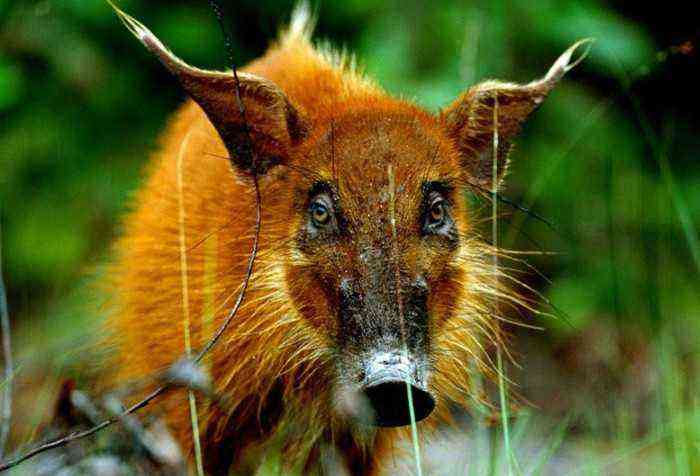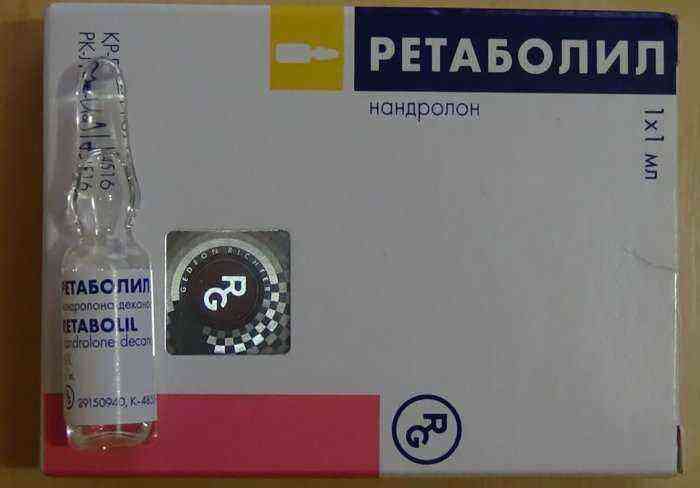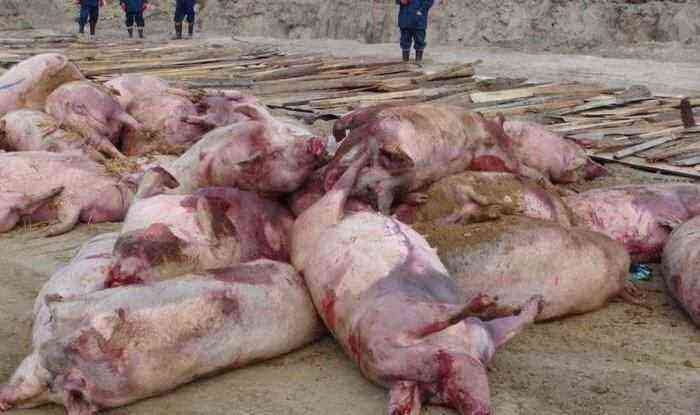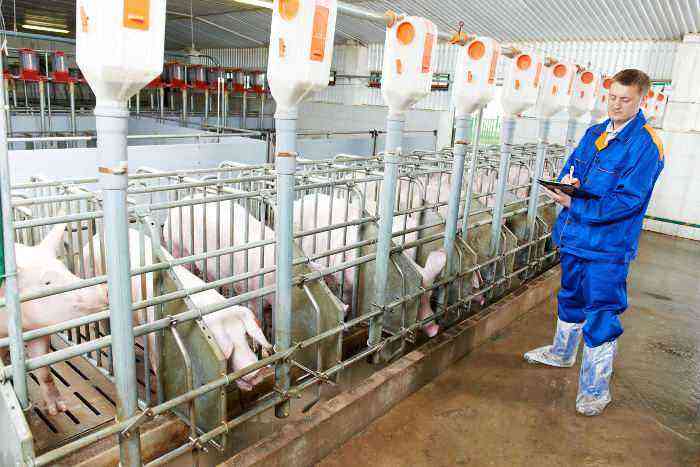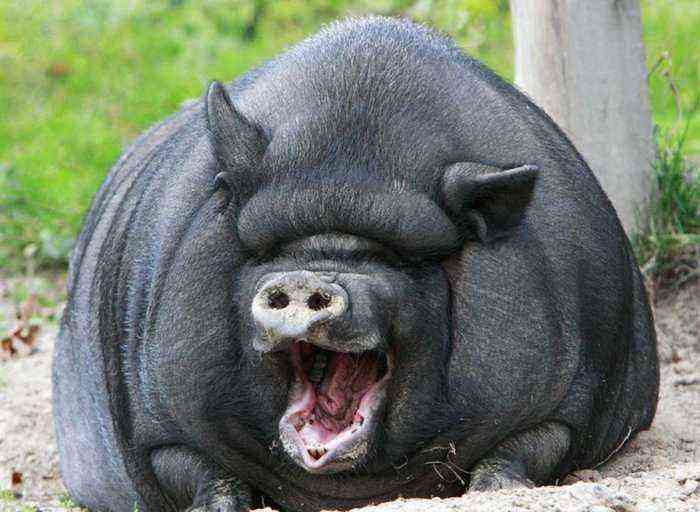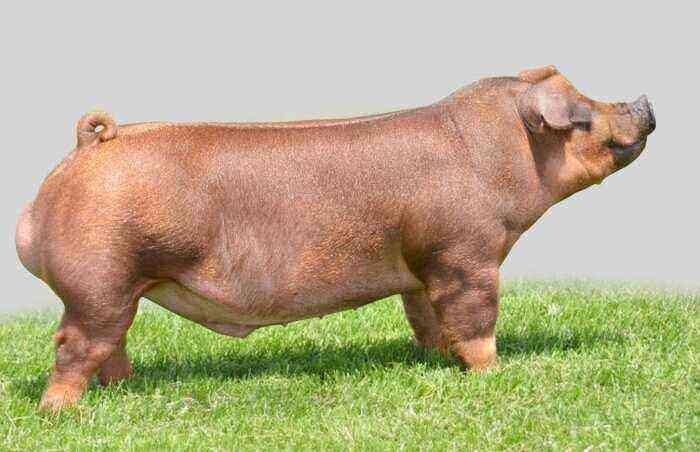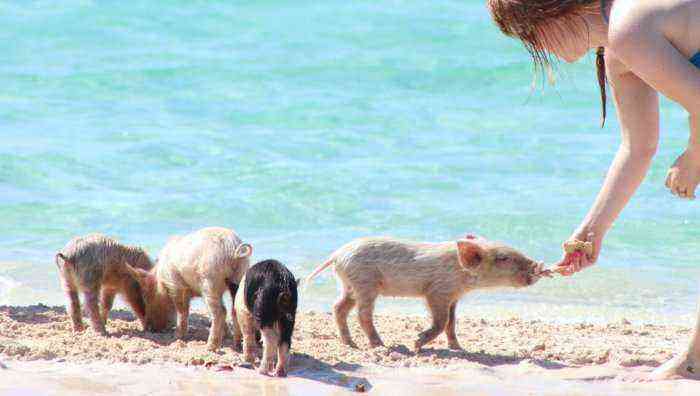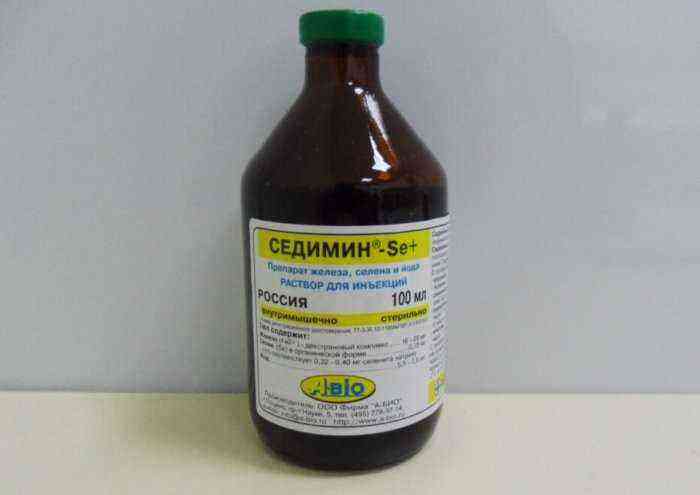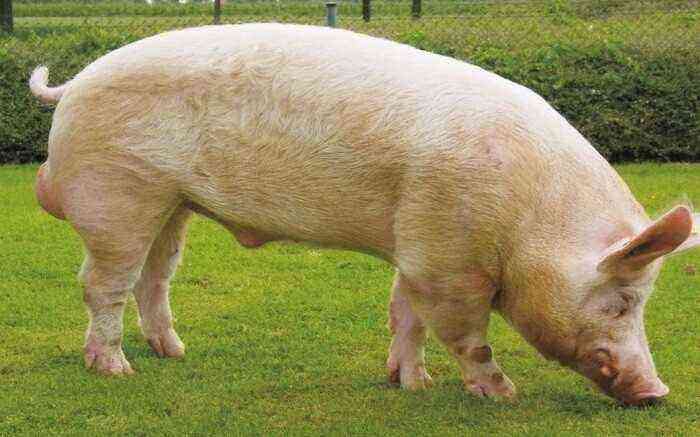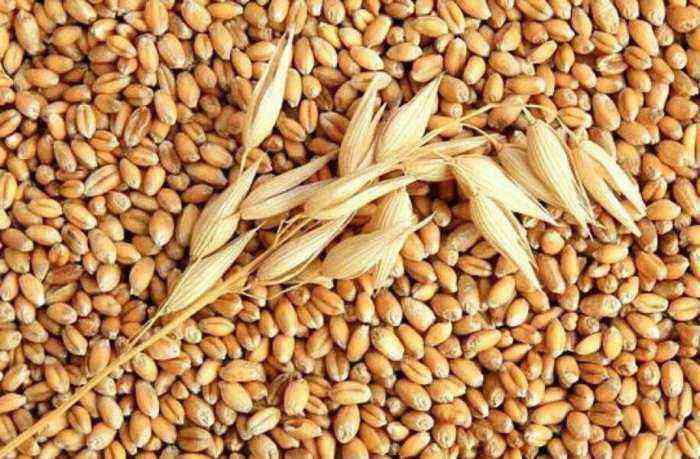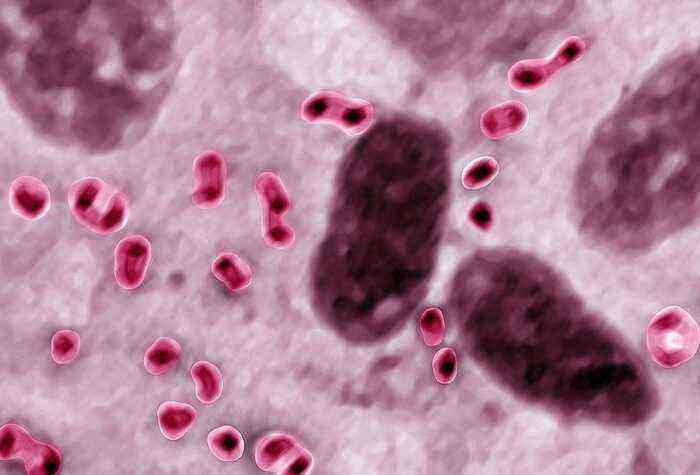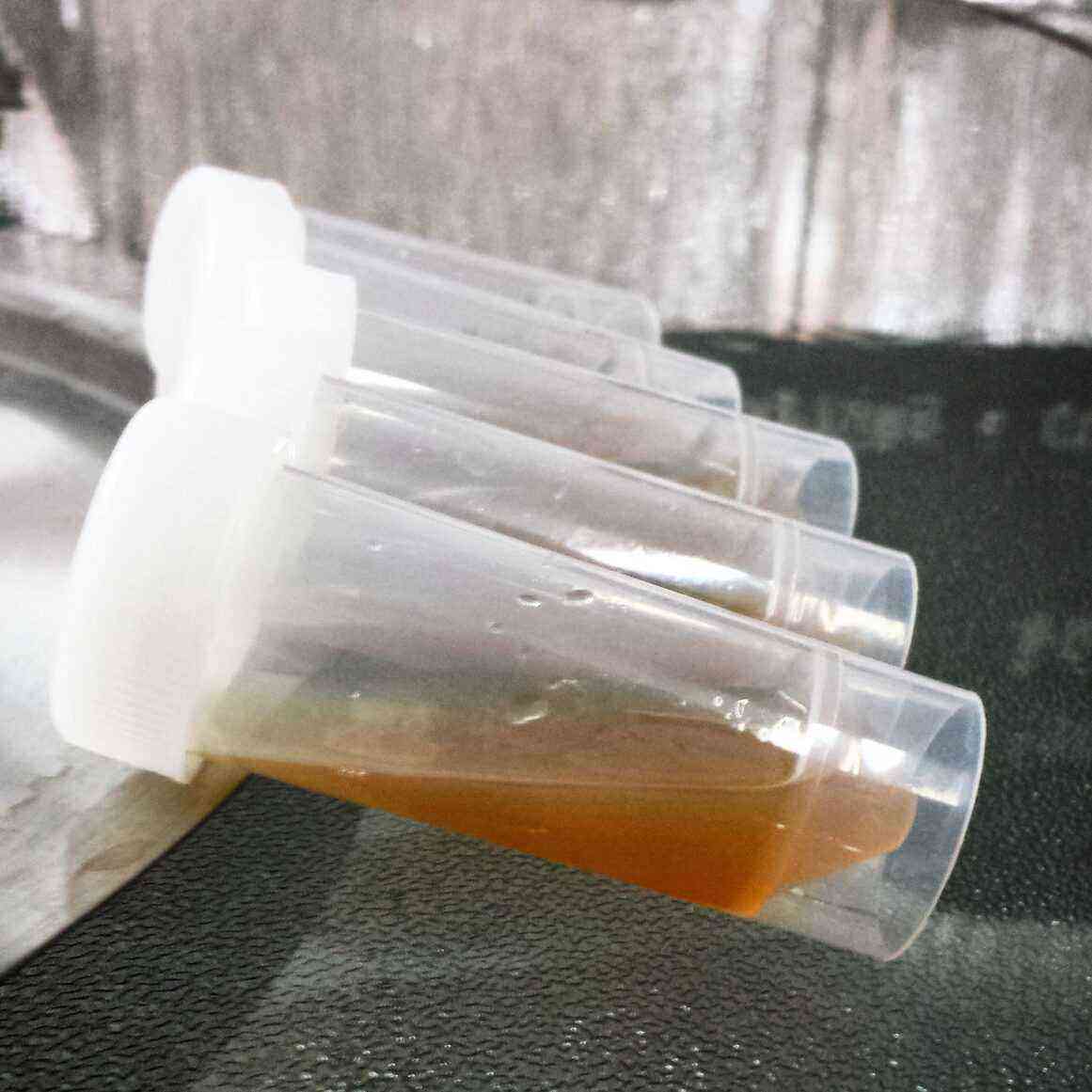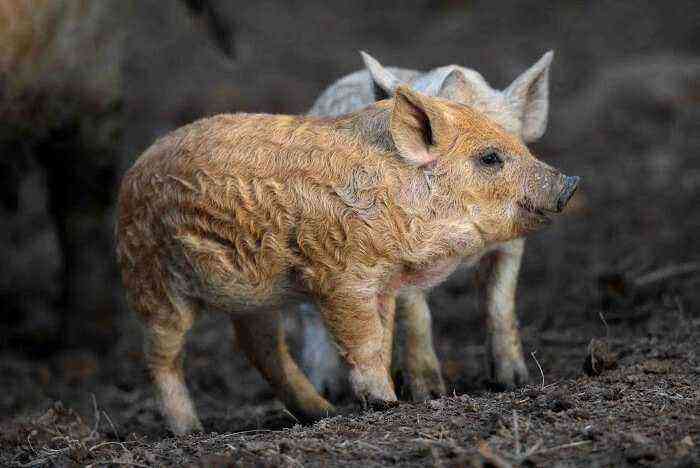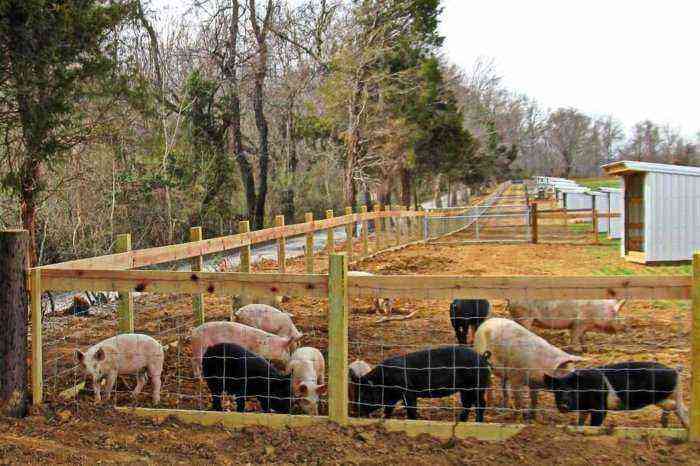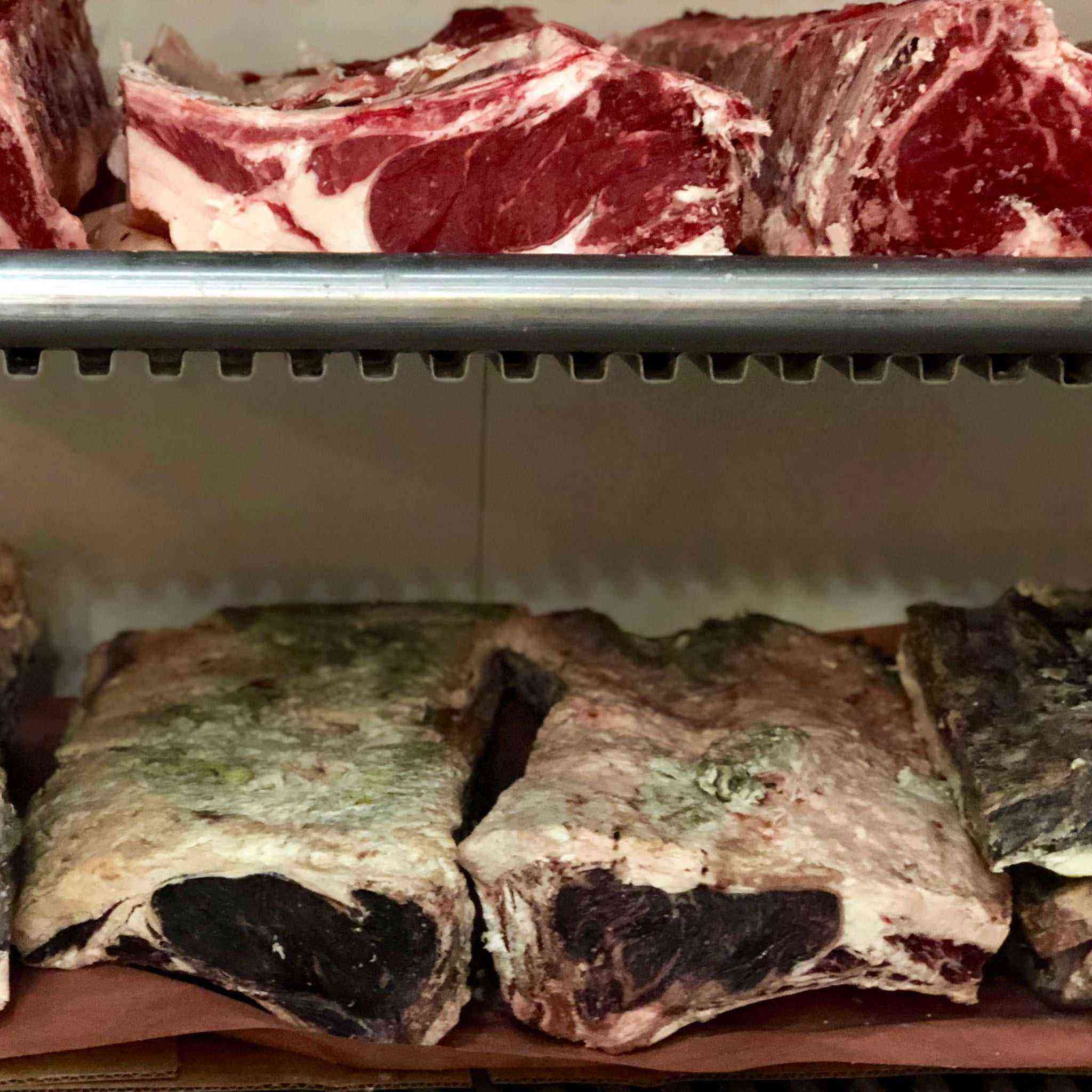Vietnamese pigs have recently become popular in Russia. They stand out for their unusual appearance, thanks to which they are easy to distinguish from any other breeds. Despite the fact that these animals are incapable of quickly gaining weight, farmers fell in love with them for their fertility and unpretentious care. This article will tell you more about Vietnamese pigs and the features of their breeding.
Vietnamese pigs
History of the breed
The history of the Vietnamese bellied pigs began in southeast Asia. Animals came to European countries and Canada from sunny Vietnam in 1985. That is why they began to be called Vietnamese. The breed has interested farmers and breeders from Europe and America, in some countries it has become very popular, for example, in Poland, France and Hungary.
Breeders were interested in improving the performance of the breed. Their main task was to increase the muscle mass of animals. This work is still being done. Some results have already been achieved in this regard. The Vietnamese pig came to Russia relatively recently. Russian farmers also successfully breed these animals, they like this breed of pigs.
Features and appearance
Externally, the Vietnamese fold pig is very different from representatives of other breeds. Consider its external characteristics in detail:
- Sagging belly. In adults, the skin of the belly almost touches the ground, while in babies it sags a little.
- The color of the skin is black, various shades of dark color may be present.
- The body is evenly covered with bristles. In the region of the spine along the entire length of the body, it reaches 20 cm. When the animal is afraid or rejoices, the bristles take a vertical position.
- The back is wide.
- The chest is strong, expanded.
- The head is not too large, the muzzle is flattened.
- The limbs are very short.
- Small erect ears.
- Boars grow fangs. In adulthood, they are already quite long – about 15-20 cm.
The breed has short limbs.
The Vietnamese breed of pigs has its own characteristics. These are very precocious animals, they can acquire offspring early. Sows of this breed are good mothers, they are caring and attentive, they never evade their duties regarding piglets. Females are fertile – up to 16 cubs can be born in one litter, but more often there are 12-13. Sows are able to feed all their piglets due to high milk production.
It is not without reason that Vietnamese pigs are called herbivores: they are adapted to grazing on a pasture, which is an advantage of this breed. Of course, you can’t feed them only with grass, but still, farmers manage to slightly reduce feed costs thanks to this feature of animals. Vietnamese pigs easily adapt to different climatic conditions and show cleanliness.
Benefits of breeding
The farmer is interested in how profitable it is to breed a particular breed of pigs. It is worth paying attention to the bellied pig, as it has clear advantages:
- Strong immunity. Unlike other breeds, the Vietnamese has good body resistance. She almost does not suffer from deadly diseases inherent in pigs.
- Endurance. It tolerates hot and cold climates equally well.
- Fertility. More than 24 piglets can be produced from one sow annually.
- Productivity. This breed is highly productive: pigs quickly gain body weight at low feed costs.
- Loose-bellied pigs are adapted to grazing on pasture, which is why they are called herbivores. This feature is highly valued by farmers.
- The quality of the meat is top notch. Animals of this breed have excellent meat – tender, juicy, sweetish, it is in demand among buyers. The thickness of the sebaceous layer does not exceed 2-3 cm.
- Unpretentiousness. The lop-eared pig is undemanding to the conditions of detention.
Vietnamese breed females are fertile
Farmers who have chosen this breed for breeding note the docile and friendly disposition of these animals. According to them, it is profitable to fatten Vietnamese pigs. Despite their small gain, you can get a good profit due to the fertility of females.
Productivity
Male piglets are born weighing just over 500 grams. Pigs are smaller, their weight at birth ranges from 450-500 grams. The daily gain in these animals is small, about 350-500 grams. The average weight of an adult boar is 120-140 kg, and that of a female is about 100-120 kg. At the age of 7-8 months, when pigs are sent for slaughter after fattening, the average weight of lop-eared pigs reaches 75-80 kg. This figure is considered normal for this breed.
Attention! The slaughter yield in lop-eared pigs is close to 80%.
How to contain?
Breeding Vietnamese pigs at home does not require a lot of material and time costs from the farmer. At first, you should equip a small room where the pigs will live. Its size will depend on the number of animals. Each pig should have at least 2,5 m2 of area, and 3,5 m2 per male. Given these standards, it is possible to install partitions so that the size of the pen for two gilts or one sow with piglets has an area of at least 5 m2.
The height of the room should not be less than 2 meters. It is better to immediately concrete the floor, and cover the area where the pigs are resting with boards. So the animals will be warmer. It is important to take care of the absence of a draft: if there are cracks in the walls, they must be sealed. In the cold season, the corral should be heated. It is important to take care of good ventilation. Air circulation is necessary for the health of pets, if it is not there, harmful vapors of hydrogen sulfide and ammonia will accumulate in the room. The farmer must provide a system for draining feces.
Attention! In the summer, Vietnamese pigs spend a lot of time walking, and therefore it is worth equipping a spacious outdoor area for them.
A canopy should be installed over the walking area so that the animals can breathe fresh air, despite the bright sun or inclement weather. It’s good if there are 1-2 trees nearby: pigs like to rub their backs against the trunks. If there are none, logs can be installed for these purposes.
Pets need a pool to swim.
Animals need a pool to swim. It is easy to make: they dig a hole about 2 meters in length and width. Its depth does not exceed 30 cm. Water is poured inside.
Attention! Bathing is necessary for pigs, as it saves them from intense heat and protects them from annoying insects.
Feeding
Keeping Vietnamese pigs will prove to be beneficial if the animals are properly fed. They eat a little, but often, as their stomach has a small volume. Despite the fact that a significant part of the diet of fold-bellied pigs is plant foods, they are not fed with grass alone. On such feed, normal weight gain of animals is impossible.
Correctly compiling a diet for bellied pigs will help understanding the characteristics of their digestive system. Consider them:
- In animals of this breed, food quickly passes through the digestive tract.
- Salivation plays an important role. The more saliva is secreted when eating food, the better the digestion and assimilation of food.
- Cereals should be steamed or ground before being distributed so that they are digested in the body of pigs.
Given these features of digestion, the farmer should feed the bellied piglets and adults with crushed grain and thick mash. Compound feed is the basis of the diet of pigs. It contains all the substances needed by the body in the correct proportion. To cut down on animal feed costs, many farmers prefer to prepare their own feed. In this case, you should adhere to the proportions:
- barley – 40%;
- wheat – 30%;
- oats, peas and corn – 10% each.
Attention! Experienced farmers do not recommend increasing the amount of corn in grain mixtures, as this will lead to animal obesity.
Vietnamese pigs should receive hay and fresh grass. Such food provides them with vitamins and trace elements, and also has a beneficial effect on the digestion process. Fresh vegetables should also be included in the pet menu. In boiled form, pigs are offered potatoes, mixing it with other feeds.
Potatoes for pigs
In the summer, pigs should be fed in the morning and evening. Compound feed is mixed with bran. Each adult should eat a serving of about 700-800 grams. In winter, part of the energy of pigs is spent on heating, so the diet changes. At this time, the animals are fed three times a day.
Important! If the bellied pig receives a lot of concentrates, the amount of fat increases. When her diet has enough grass and hay, muscle mass builds up and meat quality improves.
Fish oil and other vitamin supplements should be given to keep animals healthy and prevent beriberi.
Walking
Walking is important for the health and quality of meat in bellied pigs. In summer, animals must spend at least 4 hours outdoors, some farmers walk pigs almost all day. This speeds up metabolism and increases muscle mass. The Vietnamese breed of pigs are herbivores, during the walk they get the right amount of fresh grass.
Attention! The recommended area for walking one sow with offspring is 100 m2.
Farrowing and feeding newborns
Pregnancy in Vietnamese pigs lasts about 115 days. Most often, childbirth occurs between 114-118 days of pregnancy. Representatives of this breed give birth easily and quickly, usually they do not need outside help.
It is possible to determine the approach of farrowing by the following signs:
- The pig is building a nest. She drags hay, chewing it thoroughly to make the bedding softer.
- Her nipples are pouring.
- The animal rushes around the corral, gets up, lies down again.
- Closer to the beginning of the birth process, colostrum is released from the nipples. This means that farrowing will occur in the next few days.
- When attempts begin, the pig lies on its side.
Birth process in Vietnamese pigs
The birth process lasts for Vietnamese pigs for about 6 hours. They practically do not have complications, everything happens naturally and easily. Sows of this breed show good maternal qualities, they do not crush their cubs and do not eat them. However, the presence of a human in the pen during farrowing is desirable. The bellies get used to their owner and need his support. Assistance that may be needed during farrowing is the reception of piglets. The farmer must help the babies get rid of the film, if it did not break at birth, clean the snout and mouth of each baby from mucus and attach the cubs to the mother’s nipple.
Attention! Piglets should receive a portion of colostrum from their mother within 30-50 minutes after birth. This procedure is extremely important for their immunity.
Preparation for farrowing includes cleaning the room, changing the bedding. If childbirth occurs in the cold season, you need to take care of an additional source of heat in the corral. You can use a red light. Newborns have not yet developed thermoregulation, they are very cold. The optimum temperature for piglets is about 30 degrees Celsius.
The farmer must prepare everything necessary for farrowing:
- Clean towels.
- Warm water and soap to wash the belly and buttocks of the pig before the birth process begins.
- Scissors and thread. They will be needed to bandage and cut off the umbilical cord.
- Iodine for the treatment of the umbilical cord for babies.
Iodine and farrowing towels
In most cases, nothing else is needed. After taking all the babies, who usually leave at intervals of 10 minutes, you need to remove the placenta from the pen, take it into the yard and bury it in the ground.
Pigs of the Vietnamese breed are distinguished by high milk production. They are able to provide milk to all their cubs. However, there is a lack of iron in the nutrition of babies. In order to avoid the development of anemia, piglets are given subcutaneous or intramuscular injections of iron-containing preparations.
Starting from the age of ten, babies are introduced to complementary foods. First, they are offered cereals cooked in milk: barley, millet. Later, ensiled grain, root crops and vegetables are introduced into the menu. New food is offered in small portions in crushed form.
Weaning from the sow is carried out gradually, when the piglets reach the age of one and a half months. Some farmers prefer to leave the babies with their mother until they reach two months of age. By this time, kids should learn to eat adult food: feed, hay, vegetables, root crops. After weaning, piglets are sorted for breeding or fattening for meat.
The bellied breed of pigs has gained popularity among Russian farmers due to its unpretentiousness, fertility and high quality meat. These animals have a friendly disposition, perfectly adapt to different climatic conditions. Another remarkable quality that these animals show is cleanliness. It is beneficial for farmers to breed bellied pigs, since a significant part of their diet is fresh grass and hay.
